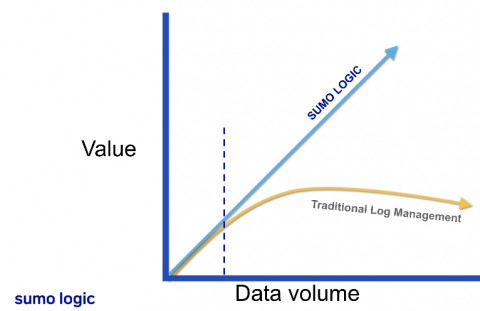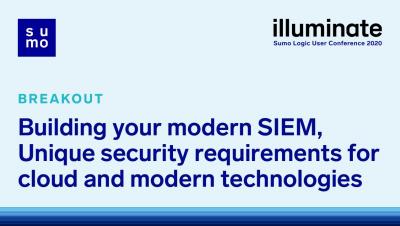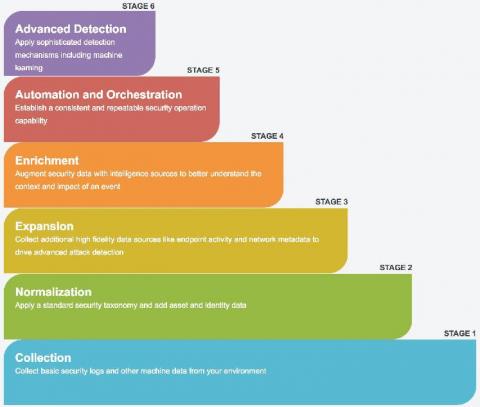Security | Threat Detection | Cyberattacks | DevSecOps | Compliance
Logging
Logit.io Achieves PCI Service Provider Compliance
We’re happy to announce that we’ve successfully completed PCI (Payment Card Industry Data Security Standard) Service Provider Certification. This means that at Logit.io we are committed to the security of storing, processing and transmitting credit card transactions.
SUNBURST Backdoor: What to look for in your logs now - Interview with an incident responder
Yesterday, FireEye published a report about a global intrusion campaign that utilized a backdoor planted in SolarWinds Orion. Attackers gained access to the download servers of Orion. They managed to infect signed installers downloaded by Orion users who had all reason to believe that the packages are safe and had not been tampered with. With this information out in the world, teams are scrambling to investigate if their environments are affected by this breach.
Elastic on Elastic: How InfoSec deploys infrastructure and stays up-to-date with ECK
This post is part of a blog series highlighting how we embrace the solutions and features of the Elastic Stack to support our business and drive customer success. The Elastic InfoSec Security Engineering team is responsible for deploying and managing InfoSec's infrastructure and tools. At Elastic, speed, scale, and relevance is our DNA and leveraging the power of the Elastic Stack is the heart of InfoSec.
Building your modern cloud SIEM
Testing your Okta visibility and detection with Dorothy and Elastic Security
When approached by stakeholders in their organization, few security teams can confidently demonstrate that logging and alerting capabilities are working as expected. Organizations have become more distributed and reliant on cloud offerings for use cases such as identity and access management, user productivity, and file storage. Meanwhile, adversaries have extended their operational capabilities in cloud environments.
What the Convergence of Security and Operations Means for Your Organization
These are incredibly exciting times at Devo, as we continue to help customers solve their ever-growing security and analytics challenges. Our market momentum is continuing, as Devo was recently recognized with a CISO Choice award as the best SIEM solution, earned a place on the 2020 Deloitte Technology Fast 500, and was named a Leader in The Forrester Wave™: Artificial Intelligence For IT Operations, Q4 2020.
Building your modern SIEM, Unique security requirements for cloud and modern technologies
The Third Critical Step to Building the Modern SOC
The new Devo eBook, Building the Modern SOC, presents four evolutionary steps for creating a highly automated and efficient security operations center (SOC) that empowers analysts. This is the third in a series of posts highlighting the most important elements of the four steps. Previous posts covered Step 1, establishing a foundation of centralized, scalable visibility, and Step 2, extracting intelligent insights from your data.
Something Else To Be Thankful For: Splunk Security Essentials 3.2.2
Well, it’s been a while since you read a blog dedicated to the latest release – okay, the latest several releases – of Splunk Security Essentials (SSE). We have been busy behind the scenes, however, so let’s catch you up on SSE’s latest features, which include the new version of our content API, and externally with updates from MITRE and the release of ATT&CK v7.2 (with Sub-Techniques) and ATT&CK v8.










